It’s one of the most recognisable old buildings anywhere along the Aberdeenshire coastline with its conspicuous big blue door.
Yet, even as people pass by Newburgh on Ythan and catch a glimpse of the mysterious structure, they might be unaware it used to be a lifeboat station for nearly 140 years.
Inside the property, there are evocative prints on the walls, depicting scenes from the 18th and 19th century; resplendent brass light switches; and wagon wheels for the cradle on which horses used to launch the boats as men strove to rescue those in peril.
They weren’t always successful
Sometimes, stricken sailors were rescued from the sea, but there were plenty of other occasions where ferocious waves and winds sparked calamity for hapless crews.
And this is the world in which former civil servant, Charlie Catto, has immersed himself in recent years, while he has investigated the history of the station which came into being in 1828 and carried on serving the community until 1965.
There are ambitious plans to bring the property back to life, possibly as a maritime museum. But let’s not get ahead of ourselves. Wiser, perhaps, to chat with Charlie.
After all, as somebody brought up at a farm Mill of Newburgh at the south end of the village, the 80-year-old recalls the days of steam radio, life without television, and where he thrilled to the heroes of the cartoon strips in the Rover and the Hotspur.
Real-life heroes were in short supply, but he realised that regular lifeboat practice was something to bring excitement into a young boy’s life.
It has fascinated him ever since
And even now, he has nothing but admiration for those who volunteer for the RNLI and are prepared to drop everything and risk their own safety for the benefit of others.
As he discovered in the process of writing A History of Newbugh on Ythan Lifeboat, every storm which rolled into the north east had a story attached to it.
He told me: “There were two ships in particular which made an impression – the SS Lesrix which broke up in Hackley Bay just south of Collieston in January 1942.
“Although the Newburgh lifeboat was not directly involved, it was launched and reached the wreck site, but could not help.
Tragedy on the Ythan
“However, on its return to the Ythan Estuary, it was capsized by a large sea with the loss of two lives. A public inquiry some months later exonerated the lifeboat crew for the mishap and the Sheriff praised the bravery of all who went to sea in such arduous conditions – with high seas, a SE gale and snow on this particular occasion.
“The other was the SS Melrose Abbey which ran aground at the Ythan estuary after being holed by contact with a floating mine.
“My uncle-to-be, William McGowan, was an engineer, who was seconded to the ship to assist with its repair and its move to Aberdeen.
A love story amid the war
“He married my aunt Nan [Catto] the following year and was eventually invalided from the merchant navy sometime after D-Day with lung problems.
“The SS Melrose Abbey was subsequently converted into a convoy rescue ship in Glasgow and completed its war service while staying intact.”
The lifeboat station closed 60 years ago; the consequence of an ageing crew and a dearth of available replacements who could commit to responding to emergencies 24/7.
Yet, in an article in the Press & Journal that year, William Wood, the second coxswain, lamented the decision and argued that it could have been avoided.
They needed more experience
He said: “Newburgh could still have a lifeboat if we old hands had been sacked sooner. There are enough young men in the village with the right spirit, but lack experience.”
The die was cast, though, and it seemed as if the station might fall into permanent disrepair. But a salvage mission of another kind is currently in progress.
Ron Macdonald, secretary of the Newburgh and Ythan community trust, is among those at the forefront of the ongoing initiative, determined to restore it to its former glory.
He said: “In December 2023, the south-easterly Storm Gerrit barrelled into the Ythan estuary creating a storm surge which broke the concrete plinth on the slipway and water surged half way into the lifeboat building.
“Standing at the high level viewpoint, looking down on it, we vowed to try and save an important part of the history of Newburgh, the north-east and, indeed, Scotland.
“The following week, we contacted the owners of the building and we both agreed that we must try our best to save it.
“We are negotiating a 30-year lease with the Udny Trust and will shortly apply to the Architectural Heritage Fund to undertake a feasibility study which will investigate the structural integrity of the building and produce a costed design for its restoration.
We hope we can make it work
“If the survey tells us that the building can be saved, we will apply to the National Lottery Heritage Fund for funding to restore the building.
“And we’ll probably manage it as a nautical museum, telling the story of the lifeboat station and the volunteers who risked their lives to save others from the North Sea.
“If successful, work will begin in 2026 and completed by the end of the year.”
As you might expect, Charlie Catto supports the venture and added: “If the building could be repurposed, it would serve as a focal point for the whole community.
This area is rich with naval history
“It would certainly be a great shame to lose it.”
That it would. With the Tall Ships arriving in Aberdeen this summer, here’s another proud reminder of the region’s grand maritime traditions.
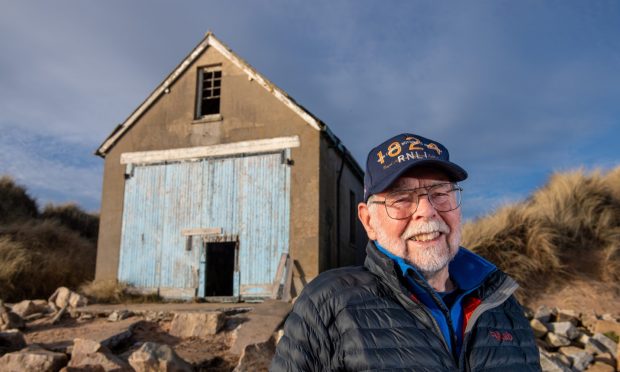
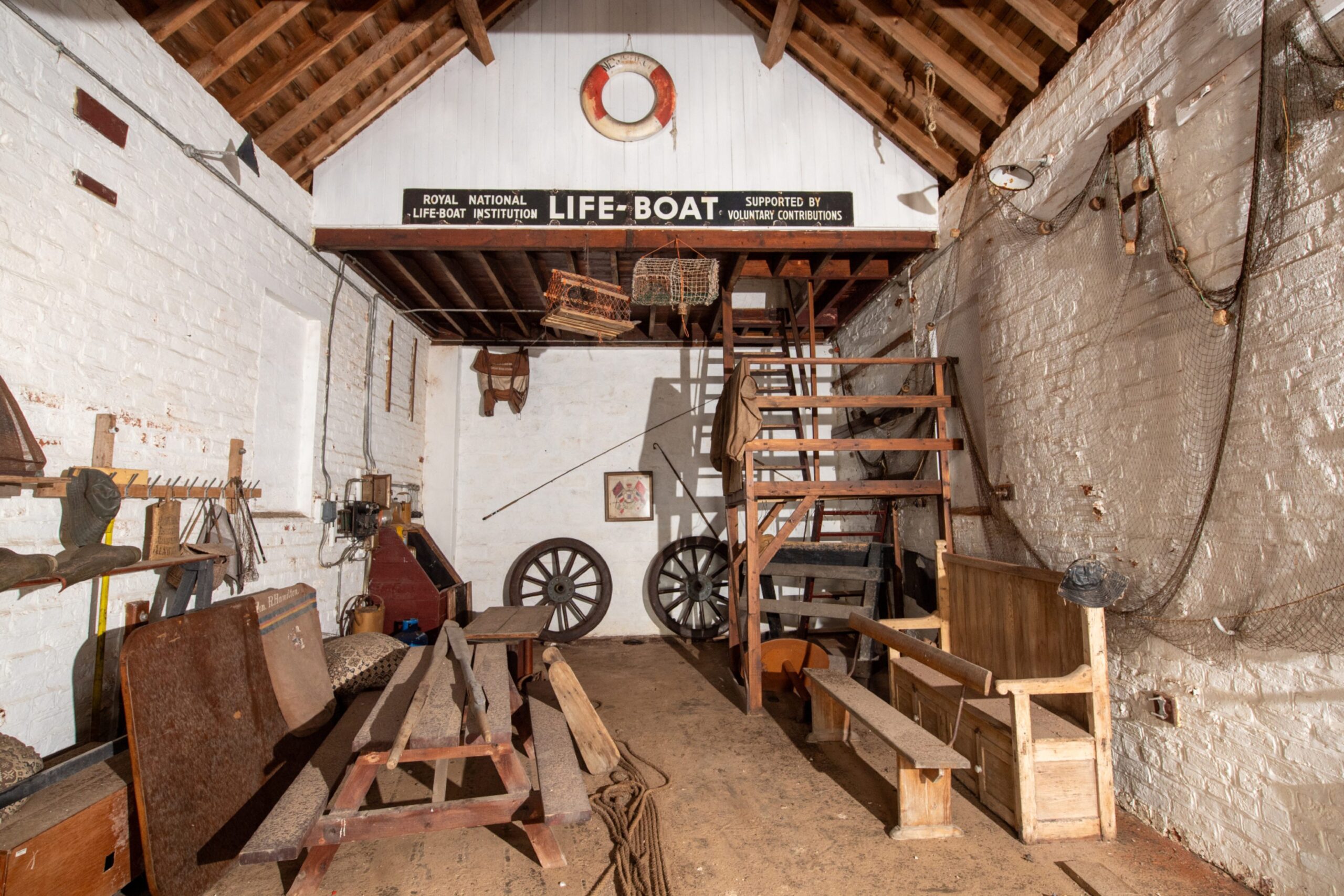
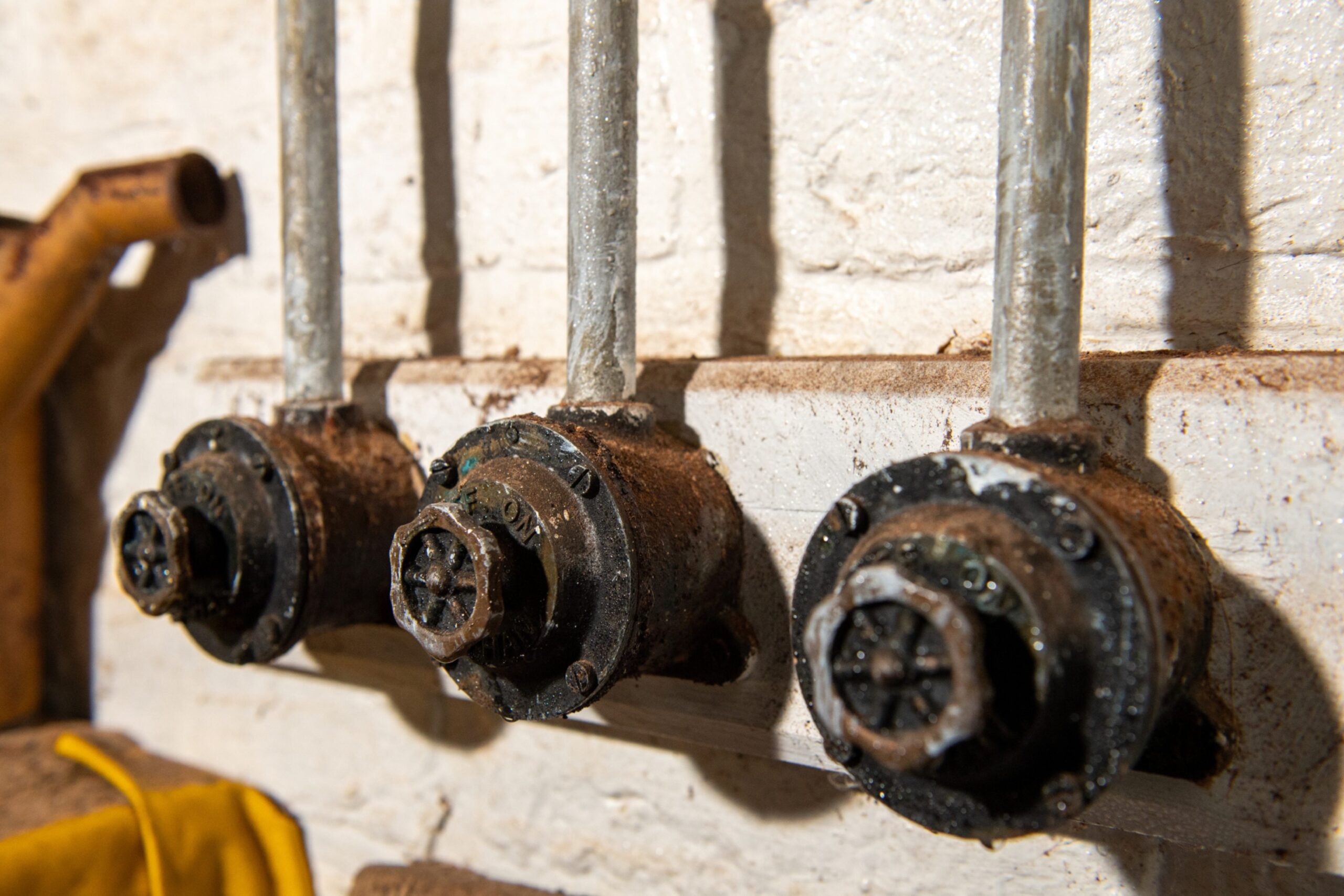
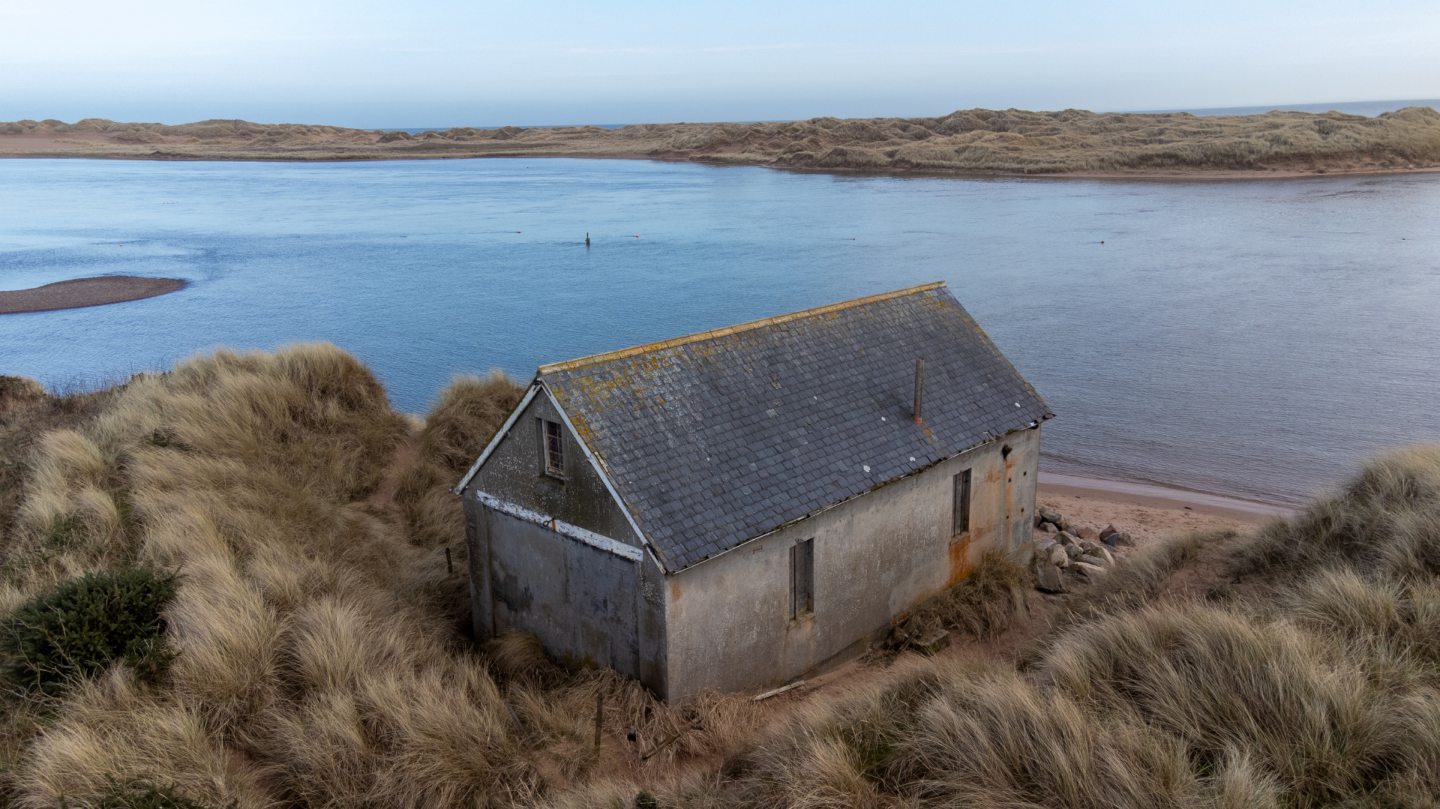
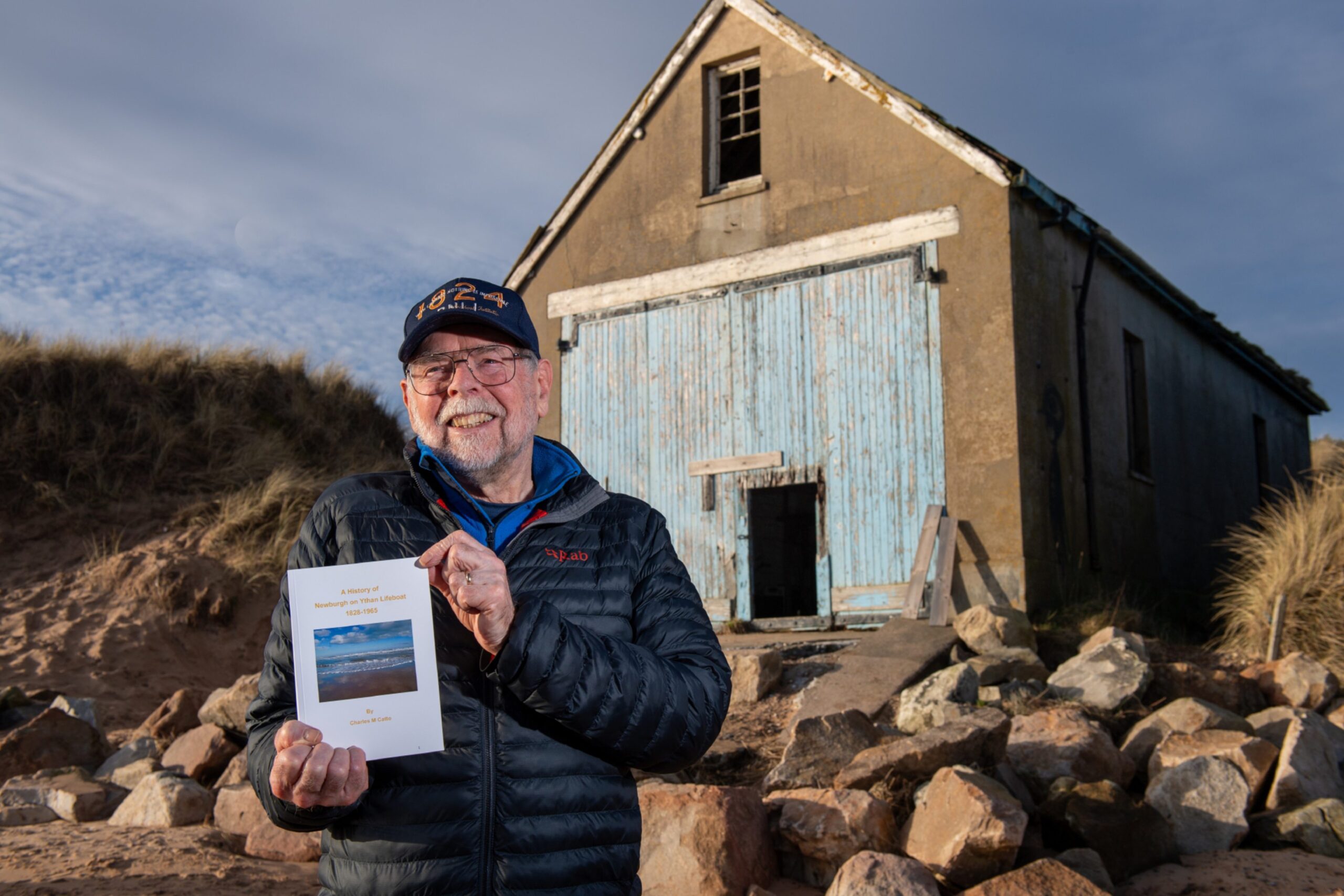
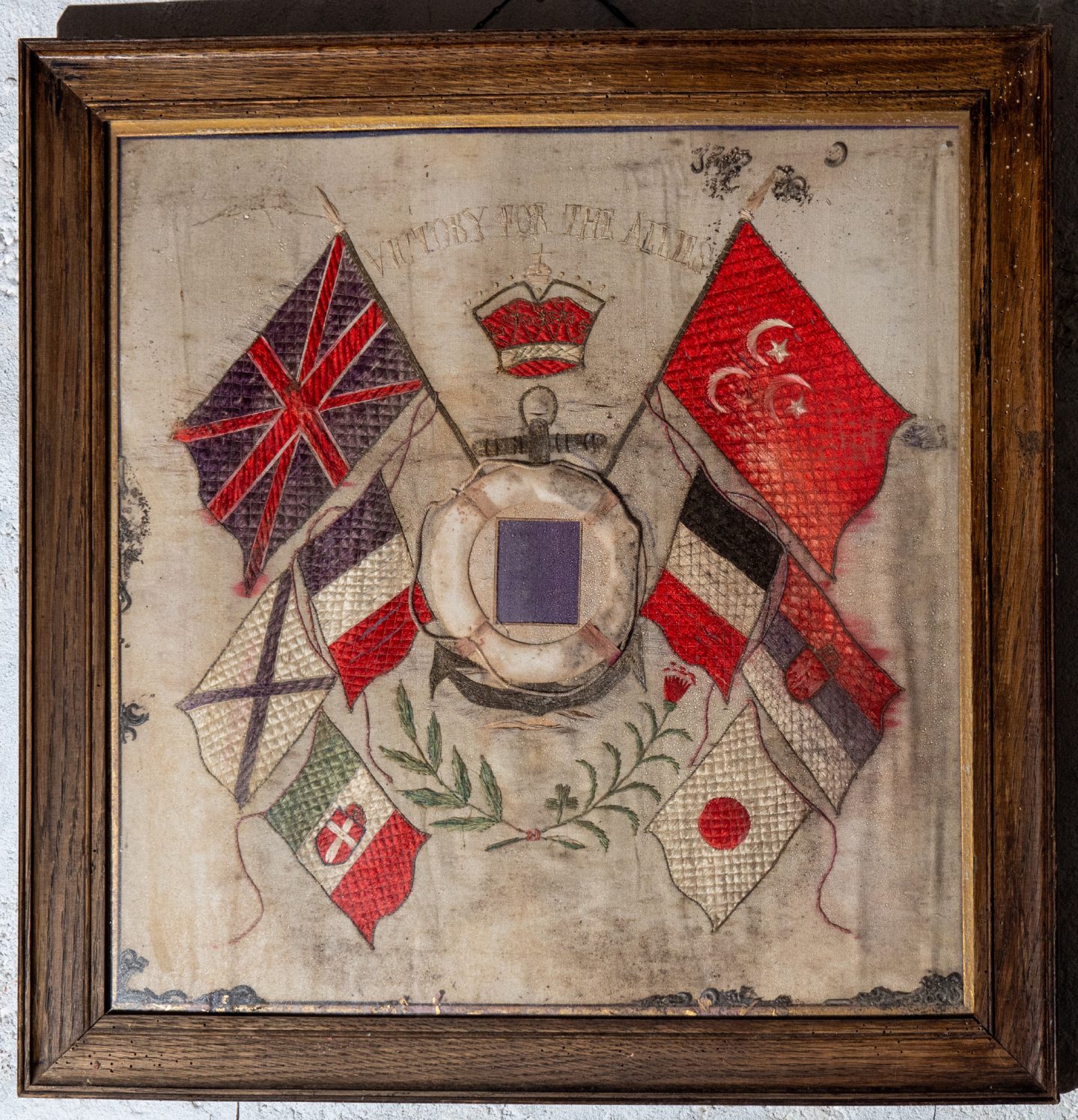
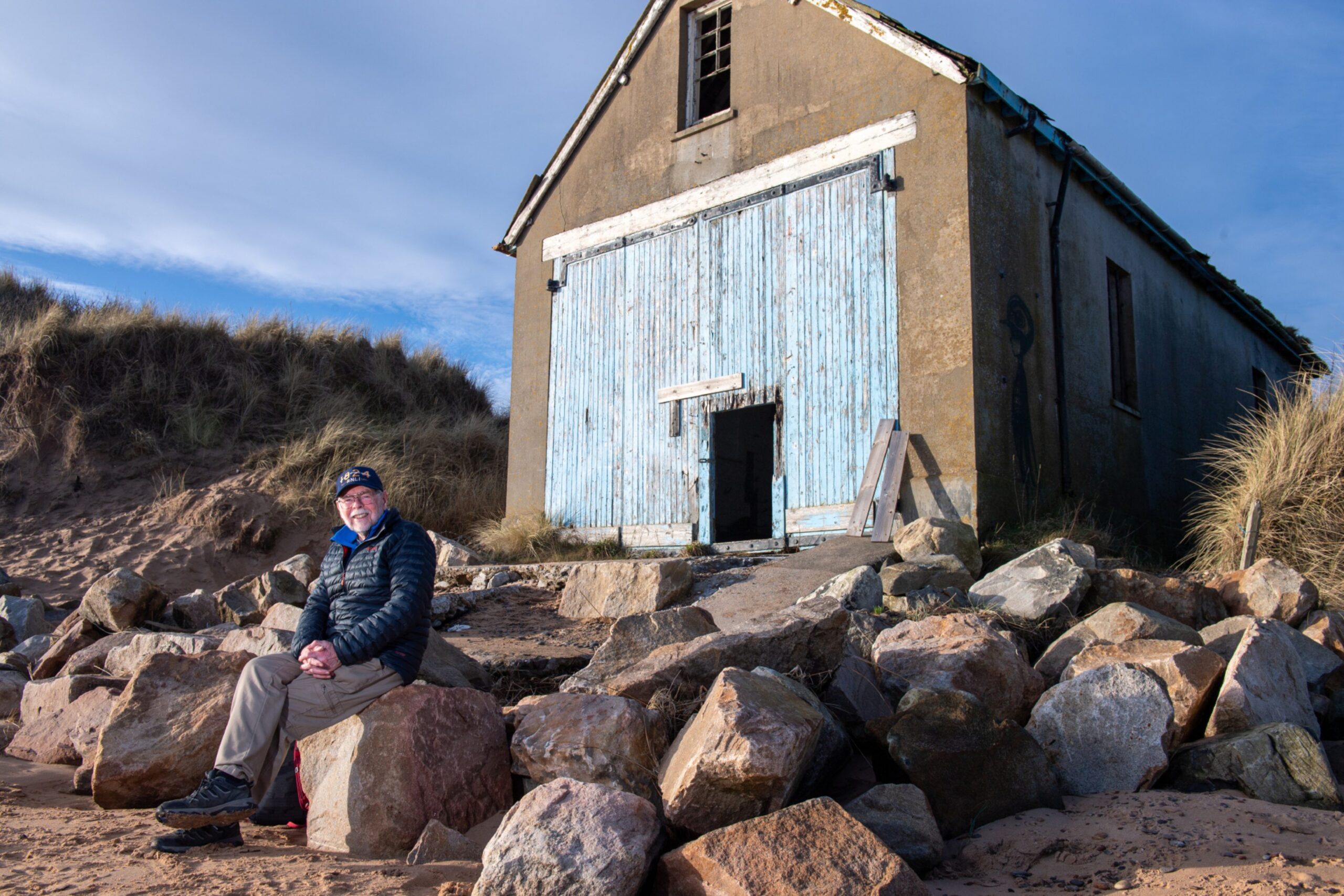
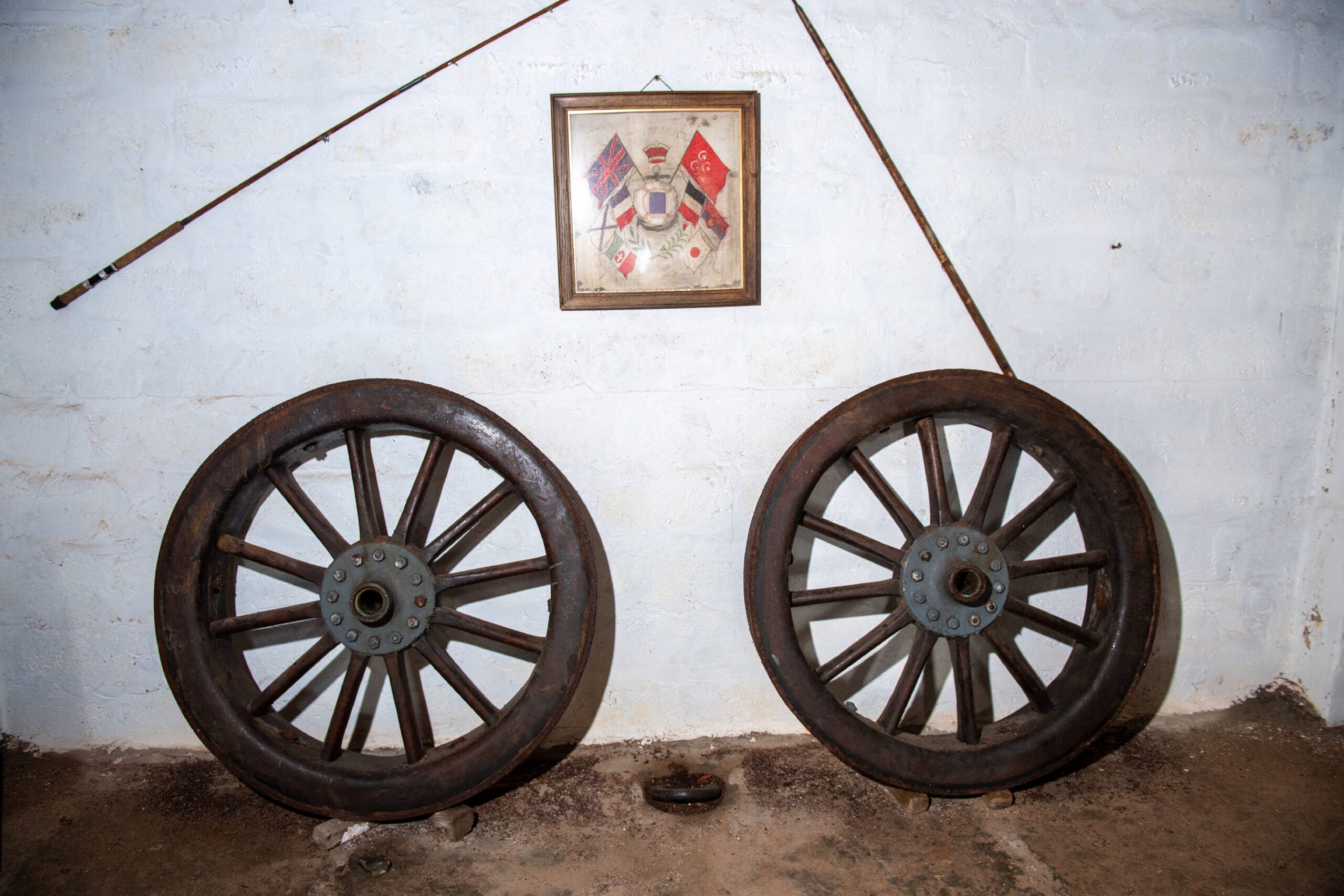
Conversation